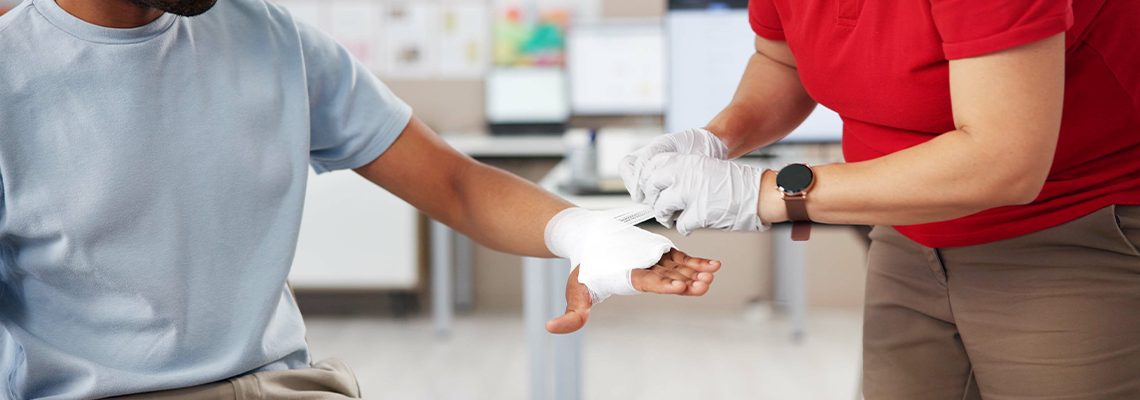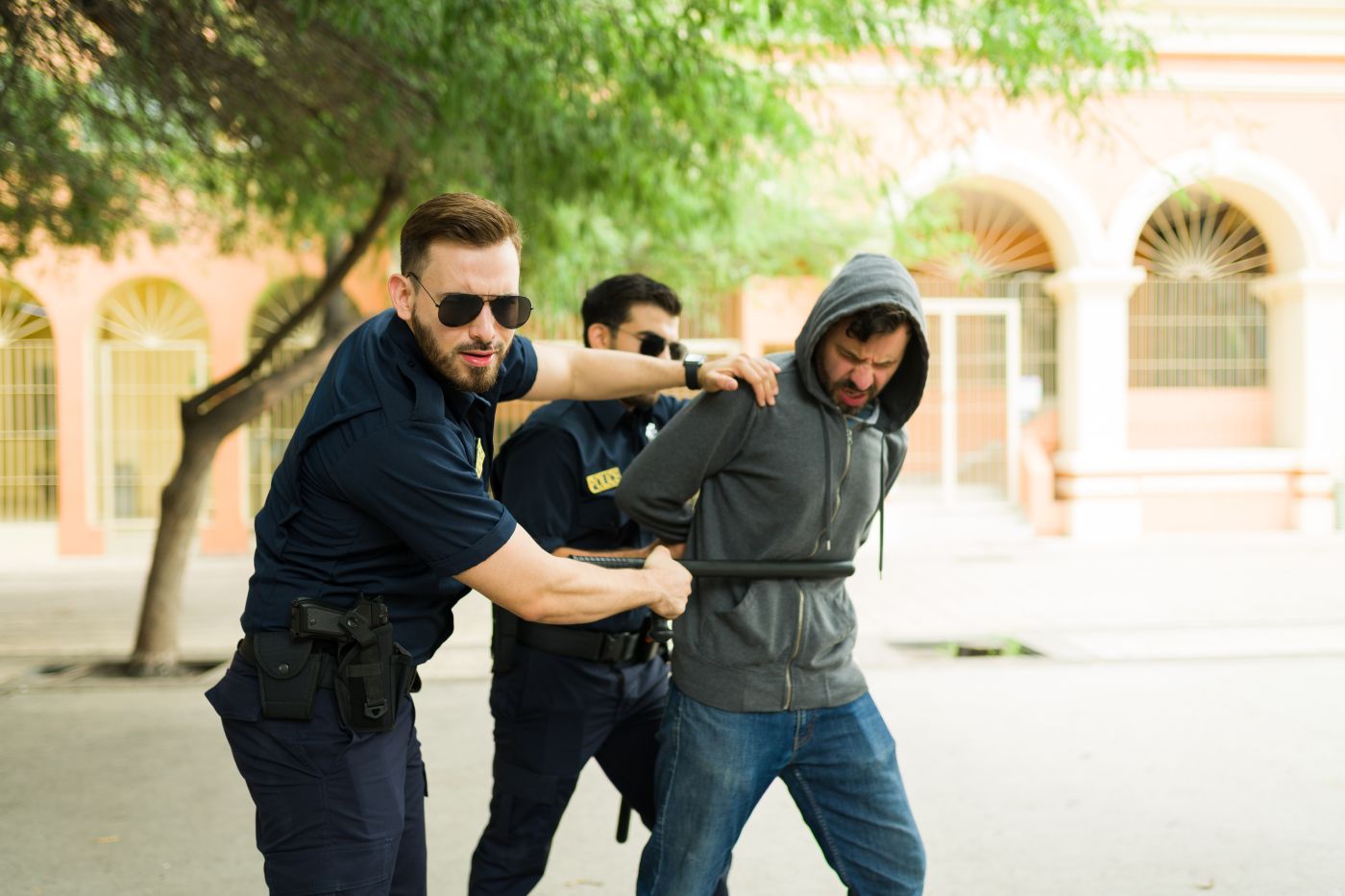
When people think about police misconduct, video footage often comes to mind as the deciding factor. While videos can offer powerful evidence, they aren’t the only way to support a civil claim. Many cases move forward based on witness accounts, documentation, and other reliable forms of proof. The absence of video doesn’t mean you have no case.
The McCallister Law Firm assists clients in Kansas City, Missouri, in pursuing civil claims against law enforcement when their rights have been violated. The firm's attorney understands how to build strong cases even without camera footage. He's here to help you better understand the process and possible next steps.
Legal Definition of Police Misconduct in Civil Claims
Police misconduct includes actions by law enforcement that violate a person’s constitutional or civil rights. Examples include excessive force, illegal searches, false arrest, and racial profiling. Civil claims address the harm done to the individual rather than criminal punishment for the officer. These claims follow civil court procedures, which differ from criminal cases.
According to the U.S. Commission on Civil Rights, most civil actions against police officers for misconduct are filed under 42 U.S.C. § 1983, which allows individuals to sue state actors for rights violations. State tort claims may also apply depending on the case. Knowing how misconduct is defined helps you understand your legal options.
Understanding this definition is important before examining how courts evaluate evidence in these cases.
Legal Standard for Proving a Civil Claim
In a civil case, the burden of proof is lower than in a criminal trial. Plaintiffs must show that it’s more likely than not that misconduct occurred. This is known as proving the case by a preponderance of the evidence. It means the evidence must tip the scale, not eliminate all doubt.
You don’t need video footage to meet this standard. Courts regularly evaluate claims based on documents, witness testimony, and circumstantial proof. With the right supporting evidence, it’s entirely possible to succeed without visual documentation. These factors play a key role when courts assess credibility without video evidence.
How Courts Evaluate Credibility Without Video Evidence
Judges and juries assess credibility by examining the consistency, detail, and support behind each claim. They consider how each party’s account aligns with other evidence in the case. A witness’s demeanor, motives, and relationship to the event can also influence how believable their account seems. Without video, these human factors carry more weight.
Patterns of behavior can also be important. If an officer has a history of similar complaints, that background can affect how the court views the current case. Documentation and outside observations become crucial to fill in the gaps. These kinds of evidence play a vital role when video is unavailable.
Examples of Non-Video Evidence That Can Support a Claim
Attorney Brian F. McCallister's careful documentation and timely witness statements often make a significant difference in cases without video proof. Our experience shows that building a thorough record helps courts evaluate police misconduct claims more fairly.
Several types of non-video evidence can play a crucial role in supporting a police misconduct claim, including:
Eyewitness statements: Independent witnesses can offer strong support for a plaintiff’s account.
Medical records: Injury documentation can confirm physical harm caused by misconduct.
Photographs or written notes: Timely images or notes help establish a reliable timeline of events.
Police reports: Inconsistencies between reports and actual events can be revealing.
Officer history: Prior complaints or internal reviews can strengthen the case.
These sources often work together to build a narrative that the court can evaluate. After reviewing what can be used, it’s also important to understand the role that human testimony plays.
The Impact of Witnesses in Civil Lawsuits for Police Misconduct
Witnesses can make or break a civil claim, especially in the absence of video. Unbiased third parties carry more weight than those directly involved. Courts tend to favor consistent stories that are supported by facts or physical proof. Contradictions or vague details may weaken the impact of a testimony.
Witnesses should be identified and interviewed as early as possible. The more time that passes, the harder it becomes to collect accurate accounts. Reliable witness testimony helps reinforce the story being presented. Along with testimony, careful documentation is another critical element to consider.
Importance of Documentation and Medical Evaluation
Documenting events soon after they occur can be one of the most powerful tools in a civil case. Written statements, text messages, or photos can help create a clear timeline. These details support your version of events when your word is challenged in court. The more thorough the documentation, the stronger the case becomes.
Medical evaluation is also essential, especially in claims involving excessive force. Doctors’ notes, imaging results, and treatment timelines can be used to prove injury. These documents also show that you took the incident seriously. With both types of records, your claim gains credibility and structure.
Building a compelling case without video does come with challenges. But that doesn’t mean success is out of reach.
Cases Where Civil Claims Succeeded Without Video Proof
There are many instances where people have won civil claims without any visual recording. Courts have ruled in favor of plaintiffs based on thorough witness accounts and strong supporting documents. One common thread is the quality and consistency of the evidence, not its format.
For example, if several witnesses tell similar stories and medical records align with those accounts, a court may find in the plaintiff’s favor. The legal process values truth, regardless of how it's presented. These cases show that the system still works, even without footage.
How to Begin Building a Strong Case Without Footage
If you believe you’ve experienced police misconduct, taking the right steps early can make a significant difference. Strong evidence doesn’t appear on its own; it must be preserved and documented.
When responding to police misconduct, certain early actions can help protect your rights and support your claim, including:
Writing down everything: Capture details while they’re still fresh in your memory.
Collecting witness info: Names and contact details may be needed later.
Taking photographs: Images of injuries, locations, or damaged items are helpful.
Getting medical care: Immediate treatment can document harm and show seriousness.
Keeping all records: Emails, texts, and notes can help tell the story.
Starting with these actions helps build a solid foundation for your claim and makes sure key evidence is preserved. However, even with strong preparation, certain factors can affect how likely a case is to move forward. Understanding those factors can help you better assess your situation.
When Civil Claims for Police Misconduct Are Most Likely to Move Forward
Certain factors increase the chances of a civil claim proceeding, even without video. These include serious injuries, multiple credible witnesses, and documented inconsistencies in official reports. If an officer has a documented pattern of similar behavior, that can also influence the case.
The key is how well the claim is supported by facts and corroborated accounts. We work hard to bring these elements together and present them in a clear, compelling way. With preparation and persistence, legal action is absolutely possible, even without a single second of video.
Reliable Legal Guidance
At The McCallister Law Firm, the firm's attorney can help clients in Kansas City, Missouri, and nearby areas with police misconduct claims, even without video proof. If you believe your rights were violated, schedule a free consultation to discuss your case.



